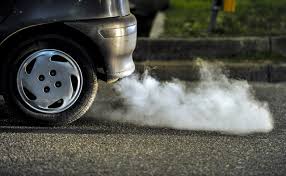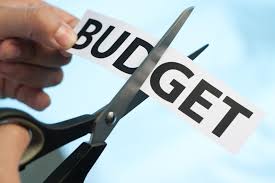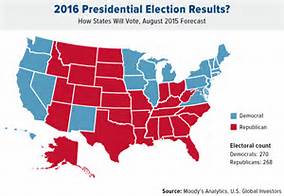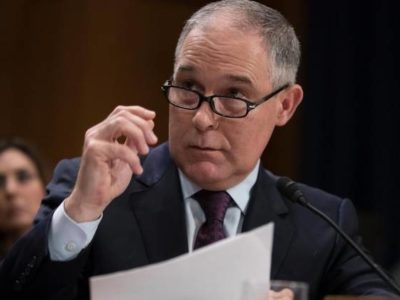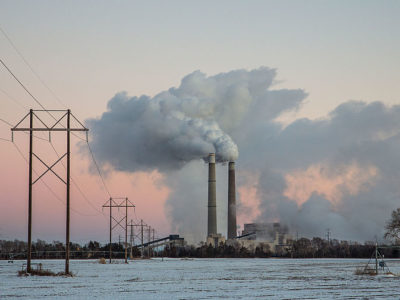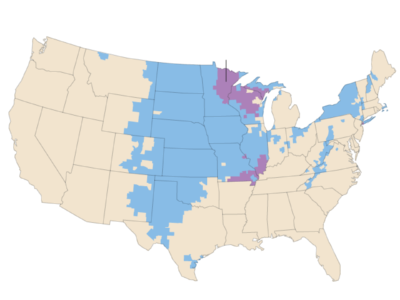Air Quality
The Trump Administration’s False Stories About the Environmental Protection Agency Are Meant to Take the Agency Down
Donald Trump and Scott Pruitt Distort the Facts About EPA’s Mission, History, and Success
The Trump Administration has made clear its plans to systematically dismantle the Environmental Protection Agency. Destroying the EPA will be a key element of the administration’s fight, in the words of White House policy advisor Steve Bannon, to achieve the “deconstruction of the administrative state.” [Update 8/22/17: Bannon is out, but that doesn’t change the Administration’s …
CONTINUE READINGThe Car Industry’s Rollback Effort — Disappointing But Not Surprising
The struggle to force the car industry to cut pollution goes back six decades.
The car industry is appealing for President Trump’s help against stricter carbon standards for cars. The industry’s action is disappointing for those who believed industry claims to embrace sustainability and technological innovation. There’s no good excuse for the industry’s about-face on a regulation it had originally agreed to. As one of the architects of the …
Continue reading “The Car Industry’s Rollback Effort — Disappointing But Not Surprising”
CONTINUE READING“States’ Rights” and Environmental Law: California on the Front Lines
EPA’s Assault on Air Quality Protection Will Aim at California’s Standards, While Other States Have Given Up Their Authority to Protect Public Health and the Environment More Strictly
This article just published in the Atlantic explains well one of the many ways that EPA Administrator Scott Pruitt may attempt to deeply harm our environment for decades to come: through declining to grant, or revoking, the waivers that allow California to regulate air pollution from new motor vehicle engines more strictly than the federal government does. …
Continue reading ““States’ Rights” and Environmental Law: California on the Front Lines”
CONTINUE READINGTrump’s Budget Cuts: Even Worse Than You Thought
As you dive into the details, things keep looking worse.
Trump is proposing huge cuts to EPA and other agencies. That’s bad enough. We’re beginning to learn more details, and the message is grim. While these cuts may not emerge from Congress at the end of the day, they do express the Administration’s goals. In particular, they demonstrate that the Administration is deeply hostile to environmental science and …
Continue reading “Trump’s Budget Cuts: Even Worse Than You Thought”
CONTINUE READINGA Coalition of the Willing
States need to work together to make progress happen in the age of Trump.
In the short time since the election, it’s already become a truism that state governments will have to keep the flame alive for environmental protection. But it’s not just individual state governments. It’s also crucial for states to work together. There’s been a lot of loose talk about “Calexit” out here. Secession is unconstitutional. (As …
Continue reading “A Coalition of the Willing”
CONTINUE READINGPublic Lands Watch: House Joint Resolution 36
A proposal to revoke an Obama Administration rule on methane flaring on public lands
Additional Update: It is being considered in the Senate as Senate Joint Resolution 36. Update: The resolution passed the House on the morning of Saturday, Feb 4. It will next go to the Senate. House Joint Resolution 36 (now being considered as part of House Resolution 74) “Resolved by the Senate and House of Representatives …
Continue reading “Public Lands Watch: House Joint Resolution 36”
CONTINUE READINGScott Pruitt, Senator Harris and the California Question
California leadership in peril?
Scott Pruitt, Donald Trump’s nominee to head the Environmental Protection Agency, elided many questions yesterday and made some somewhat surprising commitments to appease Senate Democrats in response to others (acknowledging that humans are at least partially responsible for climate change; saying he’ll use the Clean Air Act to regulate greenhouse gases). But his response to …
Continue reading “Scott Pruitt, Senator Harris and the California Question”
CONTINUE READINGThe Ninth Circuit’s Top Environmental Law Decisions of 2016
Climate Change, Endangered Species Act, NEPA, Constitutional Challenges Dominate Court of Appeals’ Docket
In 2016, at least, the U.S. Court of Appeals for the Ninth Circuit was the most important and influential court in the nation when it comes to environmental law. That’s true for two reasons: first, the U.S. Supreme Court only issued one significant environmental law decision last year, in U.S. Army Corps of Engineers v. Hawkes …
Continue reading “The Ninth Circuit’s Top Environmental Law Decisions of 2016”
CONTINUE READINGUpdate on the Litigation Over EPA’s Rule Controlling Greenhouse Gas Emissions from New Power Plants
UCLA Faculty File Amicus Brief on Behalf of Technological Innovation Experts
Late in 2015, the Environmental Protection Agency issued New Source Performance Standards to control greenhouse gas emissions from new and modified fossil-fuel-fired power plants under the Clean Air Act. This regulation is a companion to the more-often-discussed Clean Power Plan rule, which addresses greenhouse gas emissions from existing sources in the power generation sector. Last …
CONTINUE READINGCheaper, Cleaner Power
The cheapest new power today: gas, wind, solar. Almost never coal.
What’s the cheapest way to add power to the grid where you live? Unless you live near Lake Superior, the answer isn’t coal — not even in West Virginia or Kentucky. Beyond that, the exact answer depends on just what you means by cheap. A major study from UT Austin digs deep into this question. …
Continue reading “Cheaper, Cleaner Power”
CONTINUE READING



